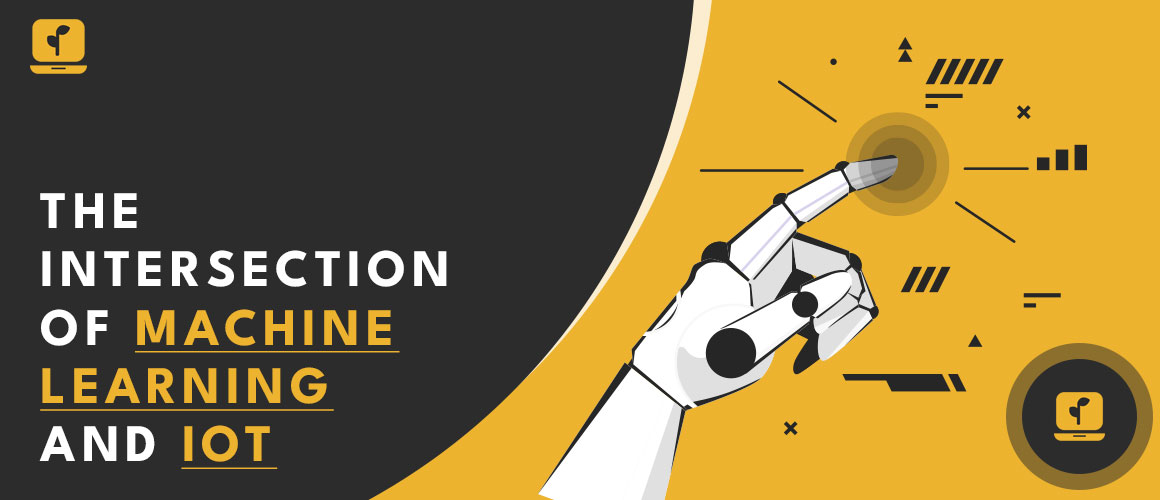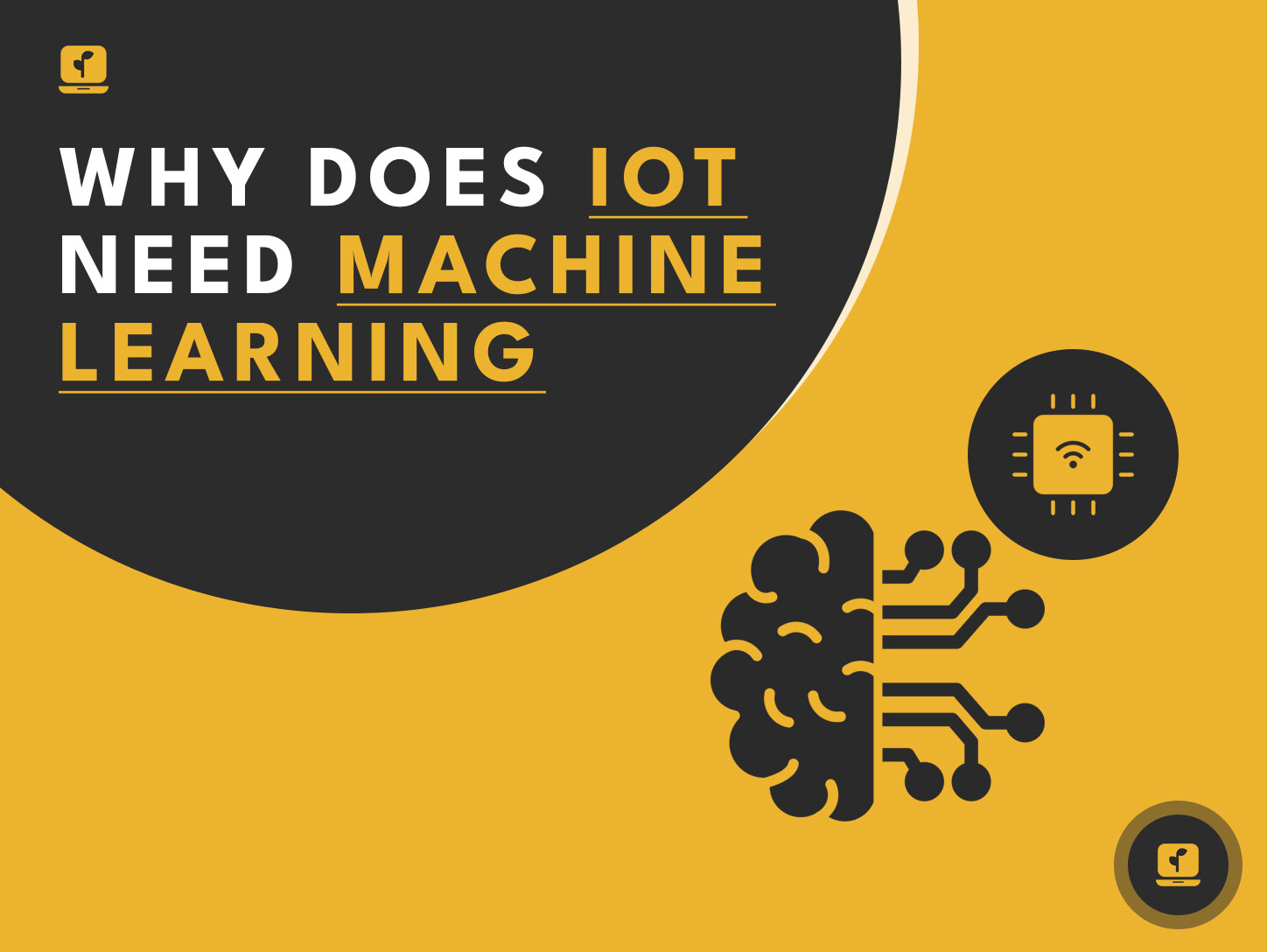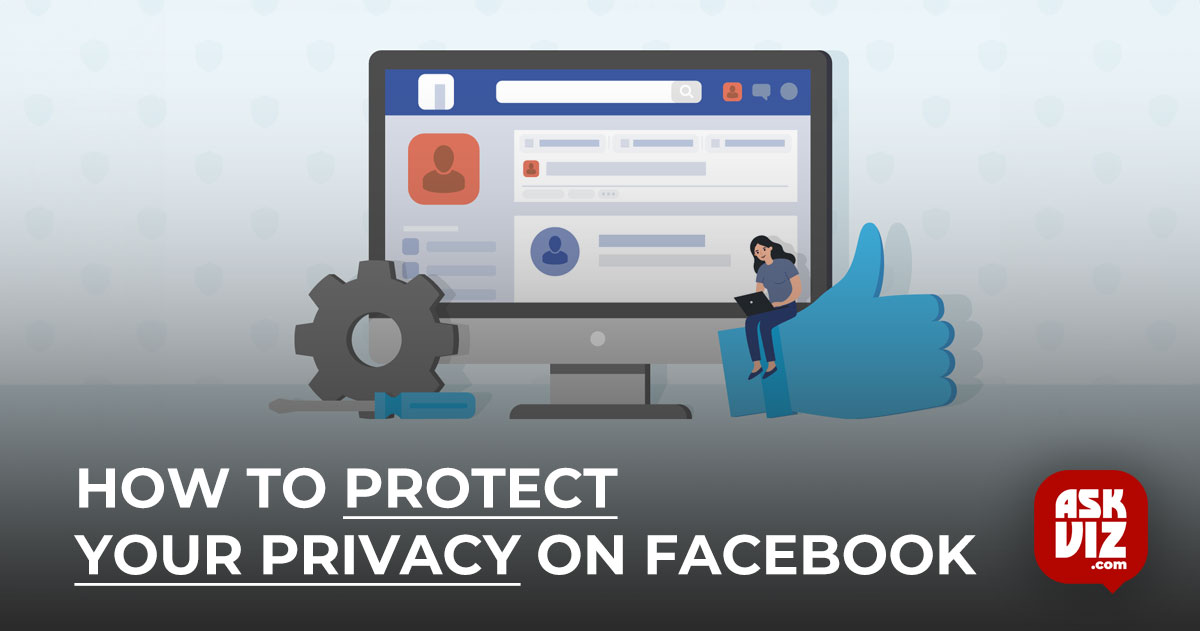IoT is the new hotness in enterprise technology. It’s a blanket term used to describe a range of devices that are connected to the Internet and have smart software programs embedded in them.
There are billions of IoT devices out there, including everything from home appliances to industrial machines and even sensors that can be found throughout our cities, towns, and even rural settings.
Table of Contents
IoT device connectivity creates a network that’s referred to as the Internet of Things (IoT). This network has many different usages. Some people use it for good; for example, it can help farmers monitor their crops and improve yields through data analytics. It can also be used maliciously, such as in cyber attacks or other forms of hacking.
Connecting your enterprise with IoT is one way that you can take advantage of this new technology. We’ll explore what IoT is and how you can integrate it into your company’s business strategy by using machine learning.
What Is Machine Learning?
Machine learning is a subfield of computer science that studies how artificial systems can automatically adapt to past data using algorithms. It’s also known as artificial intelligence, though the two terms are often used interchangeably. That said, AI is also about having AI systems that can have an ability to “learn” from data.
But don’t let the fancy terminology scare you away. AI is not just for sci-fi movies. The field of AI is about computers that can learn by analyzing data. This can be used for countless applications, including machine learning in the IoT space.
How to Use Machine Learning in IoT
There are many ways that you can use machine learning in the IoT space. You can use it to improve the accuracy of sensors, figure out how to predict usage on smart devices, or use it to optimize network infrastructure.
You can also use machine learning to automate tasks that were previously performed manually, such as building a predictive maintenance plan with predictive maintenance software. Below we’ll dive into each of these use cases and discuss how you can use machine learning to improve IoT.
Why Does IoT Need Machine Learning?
Machine learning is a powerful tool for IoT. The Internet of Things has tons of data distributed across a large number of devices. That data needs to be processed and analyzed, and machine learning is a great way to do this. It can be used to create predictions based on data, detect anomalies, and provide recommendations for device use.
But machine learning is not just for analyzing data. It can also be used for prediction and automated tasks. With machine learning turned on, smart devices can also automate repetitive tasks. For example, machine learning can be used to detect when a machine is out of operation and generate alarms so maintenance staff can be notified.
Integration Between Machine Learning and IoT
Machine learning is a powerful tool that can be used to improve IoT. The first step is to integrate it with the IoT network. Once it’s connected to the network, the next step is to feed the data into the machine learning algorithm. This can be automated, so you don’t need to manually perform this task. Machine learning can be used to find patterns in the data.
The Intersection of Machine Learning and IoT
This can help with anomaly detection and provide better usage predictions. Anomaly detection is often used to figure out when something is wrong with a device. It can be used to detect when a flow of data is abnormally high or low, such as when something consumes a large amount of energy or takes a long time to complete.
Key takeaway
IoT is the new hotness in enterprise technology. It’s a blanket term used to describe a range of devices that are connected to the Internet and have smart software programs embedded in them. Machine learning can be used in IoT to find patterns in the data, improve accuracy of sensors, and predict usage on smart devices. It can also be used to optimize network infrastructure and other devices.
Once you integrate machine learning with your IoT network, the next step is to feed the data into the algorithm. This can be automated, so you don’t need to manually perform this task. You can also use machine learning to find patterns in the data, find anomalies, and provide recommendations for device use.












